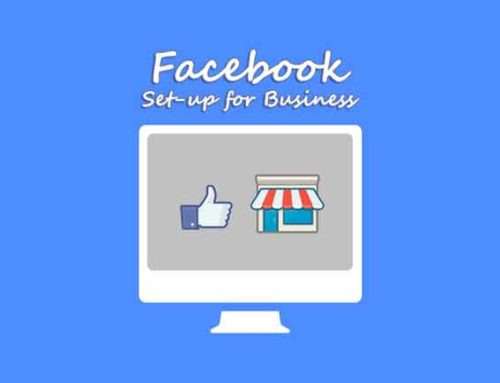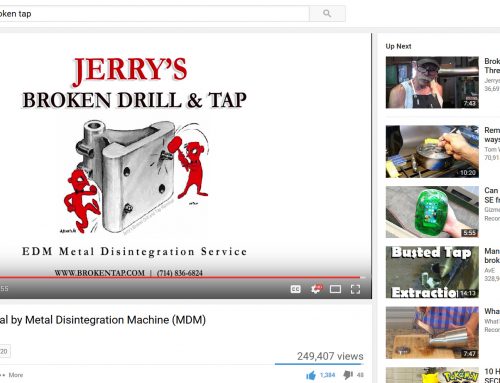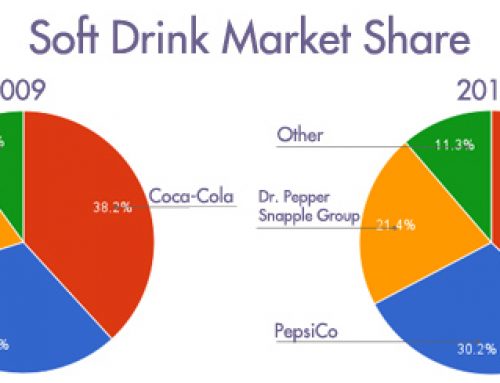Architecting the perfect keyword list for your business is critical for SEO results. Your keywords in essence are words that perfectly describe your business and it’s unique qualities and or services.
When developing your keyword list don’t think SEO, think what your business provides best. From this starting point the art of positioning can be applied to your list.
Your website should communicate to both humans and robots eloquently. These two sets of communications should be precise and in harmony. It is difficult satisfying both at the same time but it can be done with the right expertise.
Now for a warning. There are a lot of “SEO” companies out there who will tell you that they can get your business top ranked, guaranteed. The way that they can give you this guarantee is that you will be ranked top…of a long tail keyword. That long tail keyword may or may not be relevant to your business or the type of customers that would benefit from your business offering. These SEO companies don’t really care if you get relevant business. They care that you are sold on the “top rank” hook and will worry about relevant business later.
Having said all of that about long-tail keywords now I have to go into how long-tail keywords are very effective – if the relevant long tail keywords that can are positioned correctly are pursued.
Now, let’s break-down the anatomy of the long tail keyword:
Long tail keywords are 3 and 4-keyword phrases which are specific to your business offering. A prospective customer will go to a search engine and type in what they are looking for. For example, they will type in “newport beach window repair” instead of “window”. If you happen to sell mustang’s then you would position the SEO on your website for that specific inventory instead of a general category such as “car”.
You could assume that positioning the SEO for “car” would result in more customers but you would soon discover that you would get a plethora of irrelevant, unfruitful customer traffic such as people searching for a “car” wash. This type of SEO architecture would not give you an ROI on your marketing budget.
After formulating your general keyword list, the long tail specific keyword list you would then start to select the priority long tail keywords to implement into landing pages and integrate into your navigation in a way that is easy to use for the customer and provides keyword benefit to the search engines.
Now let’s focus back on the long tail keyword selection. The only way to select the high yield long tail keywords is to test and correctly position them. For example, a keyword such as “door rugs” might yield results that compete with larger competitors such as Target that will bury your listing on page twenty. In contrast, if you select a keyword such as “elegant black welcome mat” you will most likely get much better results closer to page 1.








Leave A Comment